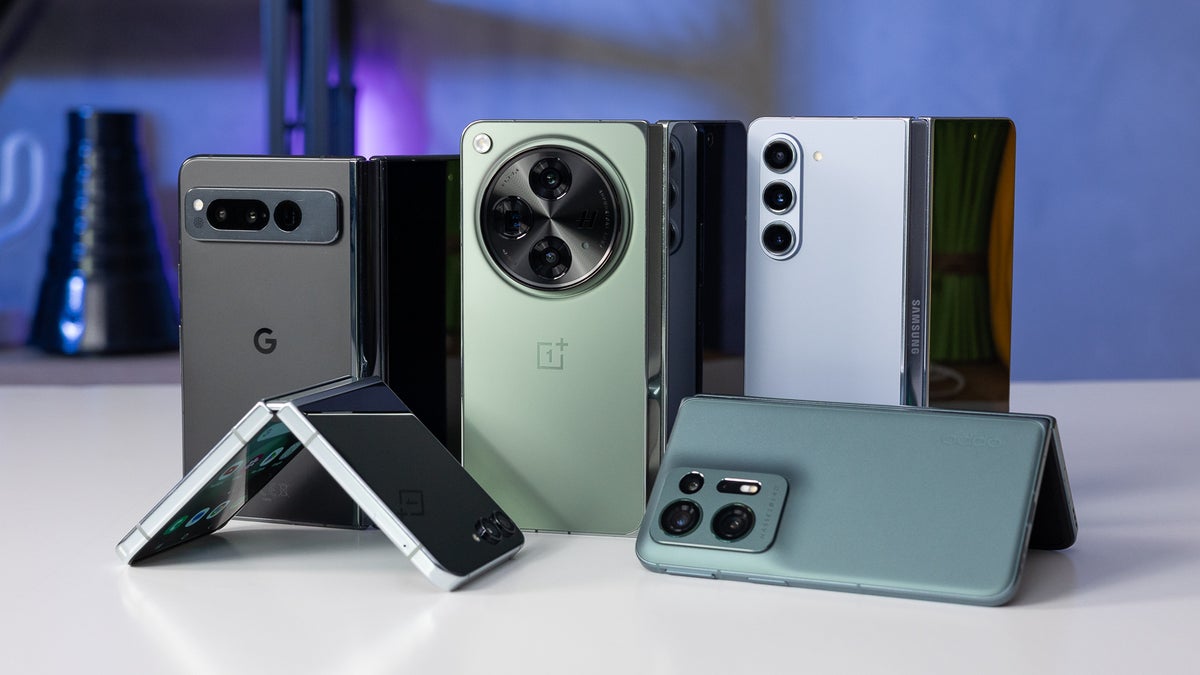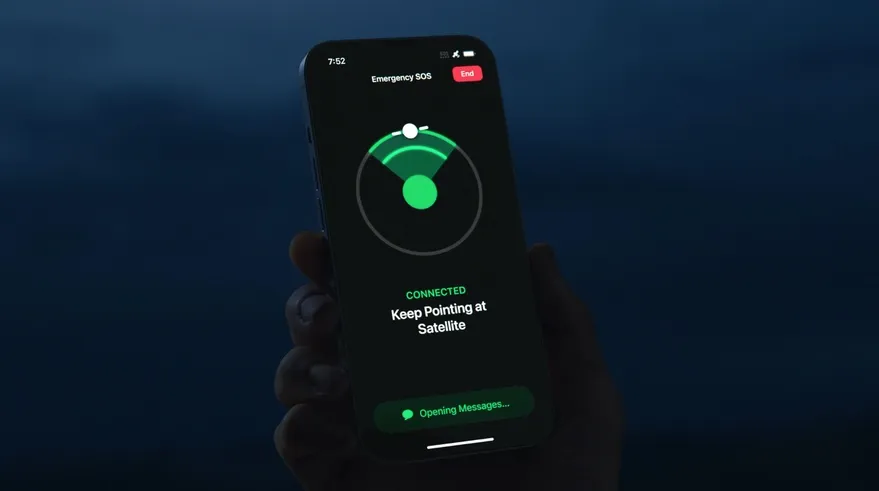justineanweiler.com – In recent years, foldable mobile phones have emerged as one of the most exciting innovations in the tech industry. What was once a futuristic concept has now become a reality, with major smartphone manufacturers pushing the boundaries of mobile design and functionality. From flexible screens to versatile form factors, foldable mobile technology is revolutionizing the way we interact with our devices. This article takes a closer look at the evolution of foldable phones, the technology behind them, their advantages, and what the future holds.
The Evolution of Foldable Mobile Phones
1. Early Concepts and Prototypes
The idea of foldable devices has been around for years, but it was only in the last decade that technology began catching up with the concept. Early foldable phones, like the Kyocera Echo released in 2011, were more experimental and lacked the refined design we see today. The Echo featured dual screens but didn’t fully fold, and its bulky design didn’t gain widespread popularity.
However, these early attempts paved the way for the sleek, modern foldable phones we see today. It wasn’t until Samsung and Huawei introduced the Galaxy Fold and Mate X in 2019 that foldable phones began to gain mainstream attention.
2. Breakthroughs in Foldable Displays
One of the key innovations driving foldable phones is the development of flexible OLED displays. Traditional smartphone screens are rigid, but with the advent of flexible OLED technology, screens can now bend without breaking. Companies like Samsung and LG have played a major role in developing these displays, which are made from ultra-thin layers of flexible materials like plastic or flexible glass, allowing them to fold without compromising image quality.
3. Refining the Hinge Mechanism
The hinge is a crucial component of foldable phones, allowing the device to open and close smoothly. Early versions of foldable phones struggled with durability issues related to the hinge mechanism, but newer models have greatly improved this feature. Companies have developed advanced hinge systems that are designed to withstand thousands of folds, making these phones more reliable and durable for everyday use.
Key Features of Foldable Phones
Foldable phones stand out from traditional smartphones due to their unique features that offer a new kind of user experience. Here are some of the standout features:
1. Larger Screen in a Compact Form
The main appeal of foldable phones is their ability to offer a larger screen in a compact form. When unfolded, these devices provide a tablet-like experience, with screens ranging from 7 to 8 inches. When folded, they become pocket-sized, making them more portable than traditional tablets. This dual functionality is ideal for multitasking, gaming, watching videos, and other media consumption.
2. Multitasking Capabilities
Foldable phones are designed with multitasking in mind. Many foldable devices, like the Samsung Galaxy Z Fold 5, allow users to run multiple apps side by side on the larger screen. This feature enhances productivity, making it easy to work on documents, browse the web, and engage in video calls simultaneously.
3. Improved Camera Systems
Foldable phones often feature advanced camera systems that take advantage of the device’s unique form factor. Some models allow you to use the rear camera for selfies by folding the screen back, while others offer split-screen photography modes, making it easier to capture the perfect shot. The versatility of foldable designs opens up new possibilities for creative photography and videography.
4. Gaming and Entertainment
For gamers and media lovers, foldable phones offer a more immersive experience. The larger screens provide more real estate for touch controls, higher resolution for games, and a better viewing experience for streaming movies and shows. Some foldable phones also support high refresh rates (up to 120Hz or more), ensuring smooth gameplay and video playback.
Challenges Facing Foldable Technology
While foldable phones are exciting, they still face some challenges, particularly in terms of durability, cost, and battery life.
1. Durability Concerns
Despite advances in flexible displays and hinge mechanisms, foldable phones are generally more fragile than traditional smartphones. The folding action puts stress on the screen, and the foldable display itself is more susceptible to scratches or damage. Manufacturers are working on improving the durability of these devices by introducing tougher materials, like ultra-thin glass and stronger hinge designs, but users still need to handle them with care.
2. High Price Point
Foldable phones are cutting-edge technology, and as such, they come with a premium price tag. The cost of producing foldable displays and complex hinge systems is high, making these devices significantly more expensive than traditional smartphones. Early adopters of foldable phones often pay over $1,500 for a single device, which limits their accessibility to a wider audience.
3. Battery Life
The larger screens of foldable phones demand more power, and manufacturers have had to find a balance between screen size and battery life. While battery technology is improving, foldable phones often struggle to match the battery performance of traditional smartphones. Dual-screen designs require significant power, which can lead to shorter battery life for users who frequently use the larger display.
The Future of Foldable Phones
As technology continues to evolve, foldable phones are expected to become more durable, affordable, and feature-rich. Here’s what the future may hold for foldable mobile devices:
1. More Affordable Options
As production processes become more efficient and flexible display technology becomes more widespread, the cost of foldable phones is likely to decrease. This will make them more accessible to a larger market, and we may see mid-range foldable phones from major manufacturers within the next few years.
2. Improved Durability
Ongoing advancements in materials science are likely to address the durability concerns that foldable phones face. Samsung has already introduced Gorilla Glass Victus on its foldable models, and other manufacturers are exploring ways to strengthen foldable screens without sacrificing flexibility. This will lead to more resilient devices that can better withstand everyday use.
3. New Form Factors
The design of foldable phones is still in its early stages, and we can expect even more innovative form factors in the future. Companies like LG and Motorola are experimenting with rollable screens and devices that fold into even smaller, more compact sizes. These advancements could offer more unique ways to interact with mobile technology, pushing the boundaries of what we expect from a smartphone.
4. Foldable Laptops and Tablets
While foldable smartphones are currently leading the charge, the same technology is being applied to larger devices like laptops and tablets. Foldable laptops could offer new possibilities for work and entertainment, providing a full-sized keyboard and screen in a more portable package.
Conclusion: A New Era of Mobile Technology
Foldable mobile phones represent a major leap forward in smartphone technology. While they are still in the early stages of development, they have already shown immense potential to change how we use and interact with our devices. With larger screens, improved multitasking, and unique designs, foldable phones are transforming the mobile landscape, offering a glimpse into the future of technology.
As manufacturers continue to refine their designs and address existing challenges, we can expect foldable phones to become more popular, affordable, and versatile. In the coming years, foldable technology could redefine the smartphone market, bringing us closer to a more flexible, adaptable future.





